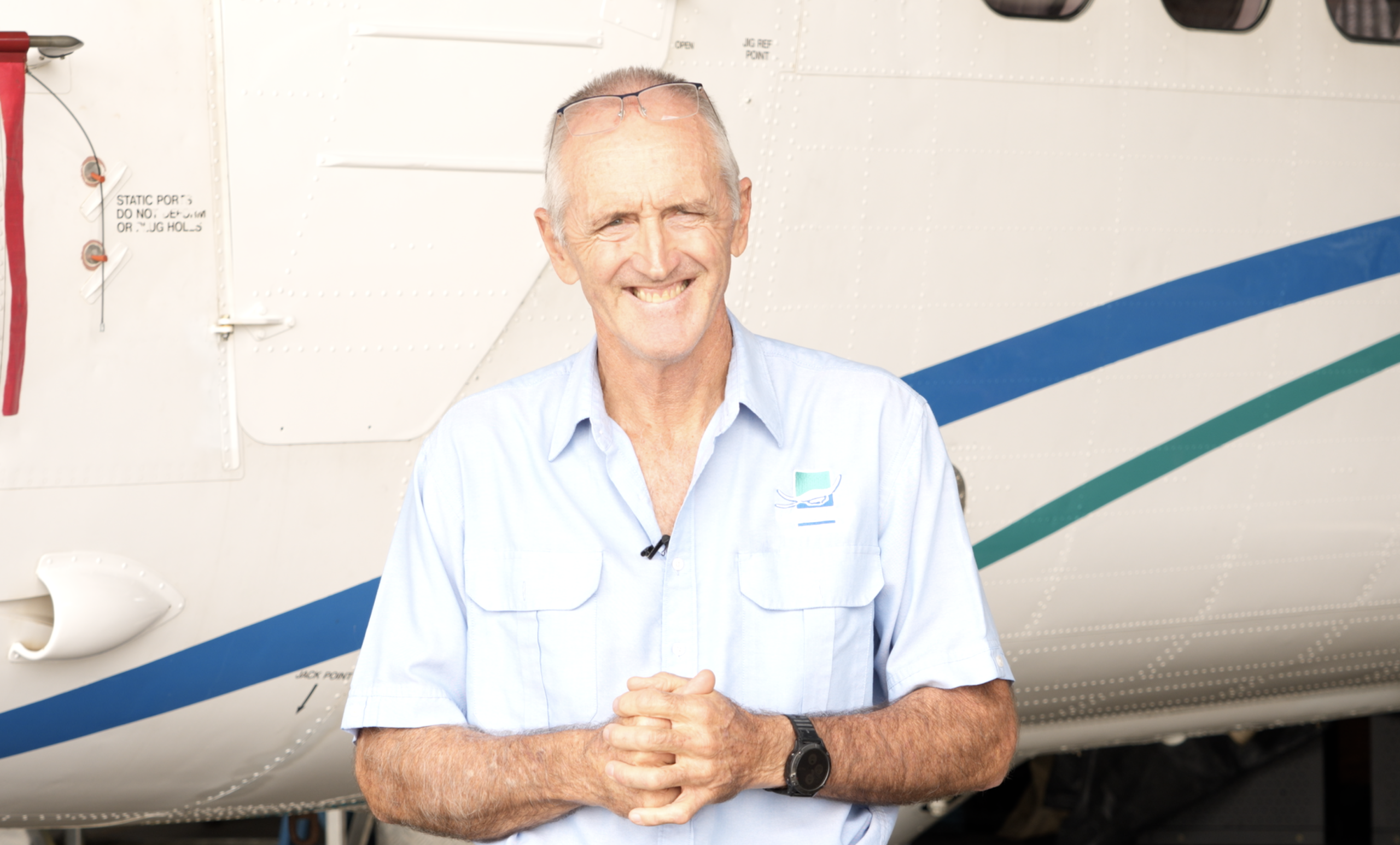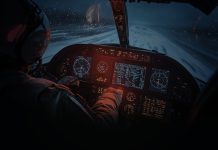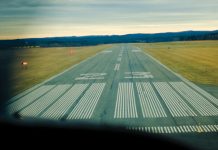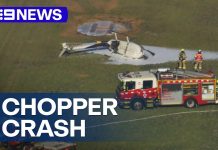Peter Gash has seen many changes since 1985 when he and his wife Julie joined Seair Pacific. Over that time the single aircraft joy flight operator that he and Julie bought in 1989 has grown into a 10 aircraft operation, with hangars and facilities at Coolangatta and Hervey Bay airports and about 100 employees. Gash went from pilot to manager.
‘At first, I flew that aircraft a lot. And then we evolved; we ended up with 2 and then 3,’ he says.
As the business grew, Gash added licensed aircraft maintenance engineer to his qualifications and developed Seair’s own aircraft engineering department.
Seair Pacific is the air charter service provider for Lady Elliot Island Eco Resort on the Southern Great Barrier Reef. It has provided all the fly-in-fly-out (FIFO) services to the island resort since 1996. ‘We fly all the staff in and out. All the fruit and the meats and veggies, that sort of stuff all flies in our aircraft,’ Gash says.
Seair Pacific has become a regular mining/resource sector FIFO service provider. The first FIFO contracted mining service from the Gold Coast and Brisbane began in 2005. Seair Pacific now operates numerous regular weekly flights. Other clients use Seair for semi-regular flights to locations including Moranbah, Roma, Chinchilla, Gladstone, Theodore, Thangool and Emerald.
Along the way Gash learnt the importance of safety management and became a convert to doing it systematically.
‘We pushed those small airplanes pretty hard. We learnt a lot of valuable lessons over the years. And one of the things that became obvious to us was when you had issues, how did you deal with the issue or how did you learn from the issue,’ he says.
The solution was hiding in plain sight – safety management systems (SMS).
‘We had a really great (Civil Aviation Authority, CASA’s predecessor) flight operations inspector in those early years, a guy called Brian,’ Gash says. ‘And Brian used to say to me, “Pete, you’re going to have to do a safety system in years to come, but don’t worry about it because you do it now anyway. You have a system, you just don’t realise it and you don’t document it”.’
Documentation and formalisation allowed the SMS, based originally on Gash’s instincts and training as a pilot, to grow alongside the business.
‘We’re doing what Charles Darwin said, the future belongs to the ones who are the most adaptable to change,’ Gash says.
He says CASA’s Safety Promotion Branch helped with information and resources and personal advice on setting up and developing an SMS. He praises CASA’S Aviation Safety Advisors, particularly the now-retired Michael ‘Whitey’ White, whose friendly yet authoritative manner helped explain sometimes complex safety issues into conversational, commonsense and often humorous words, made unforgettable by his spectacular moustache.
‘They were historically really good operators, and they helped people like ourselves and so many others, helped us come from a small one aeroplane operation to where we are now safely,’ Gash says.
SMS is an essential part of any high-consequence operation in the air or on the ground, because it brings peace of mind, he says.
‘You do it in a way that you feel comfortable when you go to bed at night, that you’re doing the best you can for your team.’
For more information on safety management systems, visit CASA’s website.





